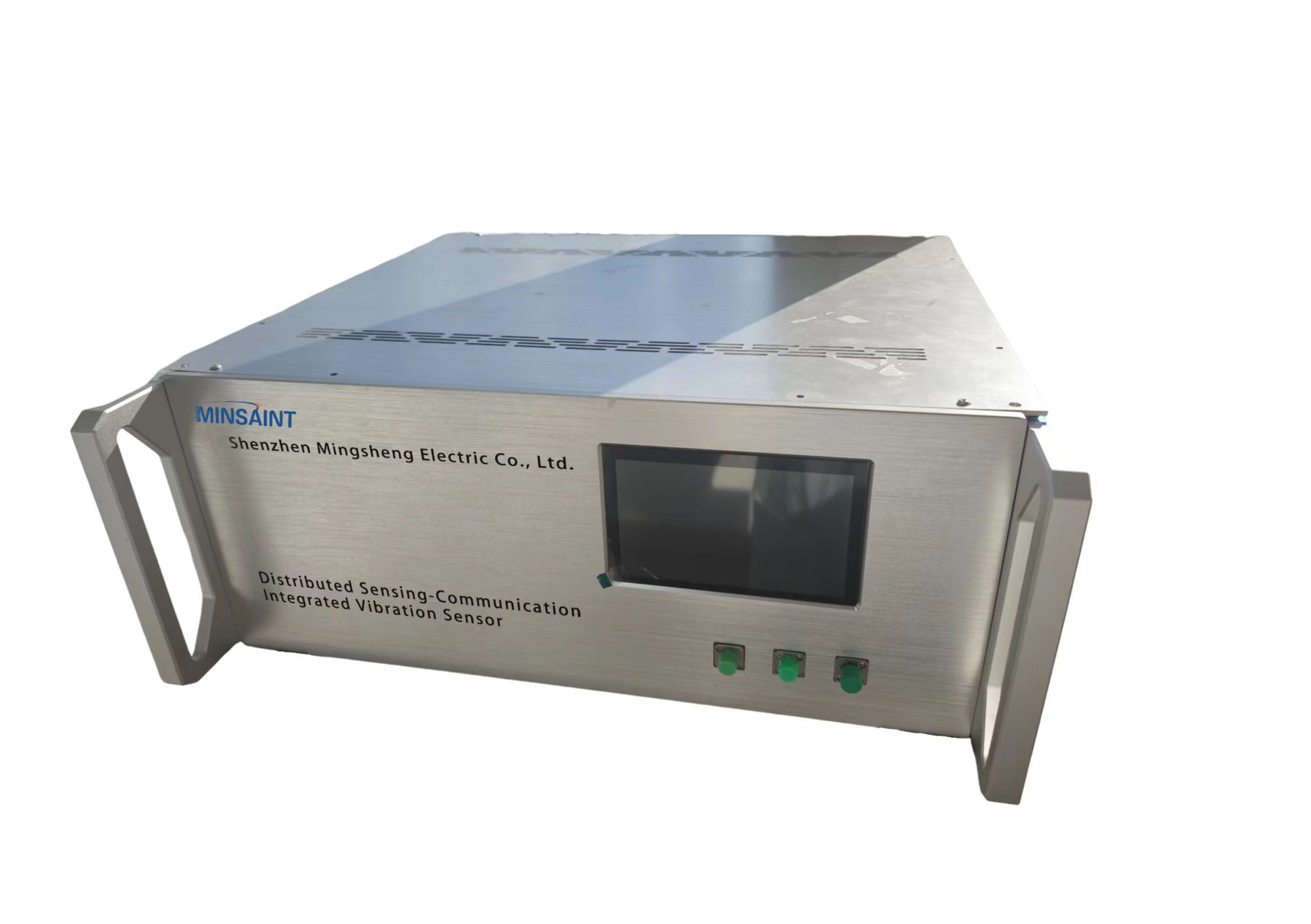In today's fast-paced world, the need for efficient transportation is more important than ever. When it comes to covering long distances, the debate between flying and driving often arises. Both modes of transportation have their advantages and disadvantages, but one burning question remains: Is flying faster than driving? In this blog post, we will delve into this topic, exploring various factors that affect travel time and uncovering the truth behind the speed of flying versus driving.
- Distance and Route:
The first factor to consider when comparing flying and driving is the distance and route of the journey. Flying is undoubtedly faster when it comes to covering long distances, especially for intercontinental travel. With the ability to bypass geographical obstacles and take direct routes, airplanes have a clear advantage over cars. However, for shorter distances or when traveling to remote locations with limited air connectivity, driving may prove to be a more time-efficient option. - Airport Procedures and Security:
While flying may offer faster travel times in terms of actual flight duration, it is essential to consider the additional time spent on airport procedures and security checks. Arriving at the airport well in advance, going through check-in, security screenings, and boarding can be time-consuming. Moreover, flight delays and layovers can further extend the overall travel time. On the other hand, driving allows for more flexibility and eliminates the need for these time-consuming procedures, making it a potentially faster option for shorter distances. - Traffic Congestion and Road Conditions:
Driving, especially in urban areas, can be heavily impacted by traffic congestion, road construction, and adverse weather conditions. These factors can significantly slow down travel time, making flying a more attractive option. However, with the advancements in navigation systems and real-time traffic updates, drivers can now plan their routes more efficiently, avoiding congested areas and minimizing delays. Additionally, flying is not immune to delays caused by air traffic congestion or adverse weather conditions, which can sometimes result in longer travel times than anticipated. - Door-to-Door Travel Time:
When comparing the overall travel time, it is crucial to consider the door-to-door duration. While flying may be faster in terms of actual flight time, the time spent traveling to and from airports, as well as waiting for baggage and ground transportation, should not be overlooked. On the other hand, driving offers the convenience of starting and ending the journey at your doorstep, eliminating the need for additional travel time to and from airports. This can make driving a more time-efficient option, especially for shorter distances or when traveling to remote areas with limited airport accessibility.
Conclusion:
In conclusion, the speed of travel depends on various factors such as distance, route, airport procedures, traffic congestion, and door-to-door travel time. While flying is generally faster for long distances and intercontinental travel, driving can be a more time-efficient option for shorter distances or when considering the overall travel time. It is essential to evaluate these factors and consider personal preferences and circumstances when deciding between flying and driving.






